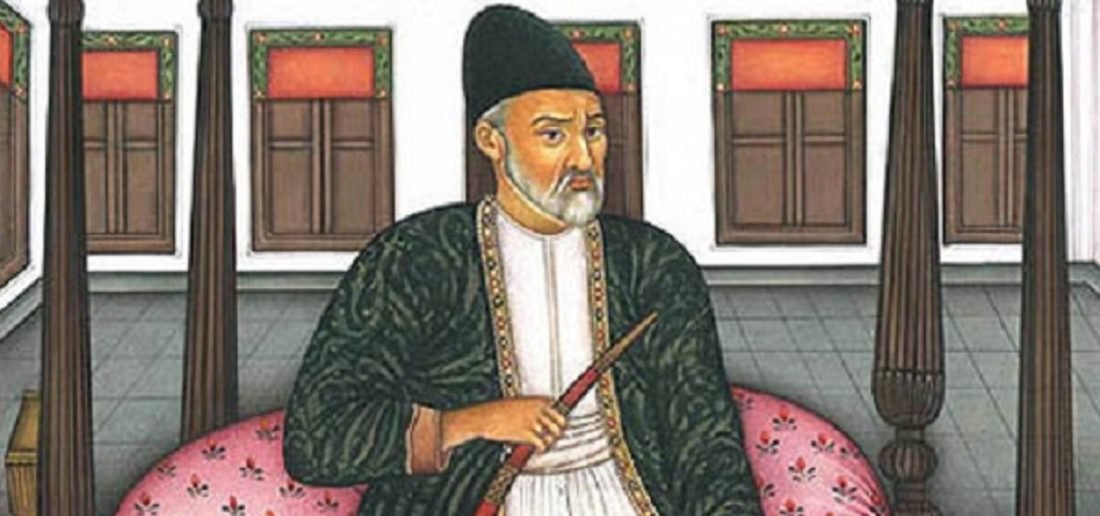Does any one remember the last visit to Dilli Haat, at I.N.A? Living in a world full of malls and on occasion, the hata-pai in Sarojini Nagar Market, Dilli Haat seems like the perfect place to spend a quite evening with friends & family. Dilli Haat was established & opened in 1994, as a joint collaboration between Delhi Tourism (DTDC), D.C (Handicrafts), NMDC, D.C. (Handlooms) and Ministry of Tourism and Textile. Since then, on an average the venue attracts a crowd of over 500 people daily, that contributes to (not just) the Indian traditions but also to the growth of various state products such as, textiles and accessories among other things.
So, here is why Dilli Haat has been a long standing love affair of countless Delhiites over several generations.
I. The Original One Stop Shop For Genuine Art & Craft Lovers
In the words of an official, “Dilli Haat aims at providing additional marketing outlets to genuine crafts persons from the handicrafts and handloom sectors throughout the country”. In essence, this joint venture project of Delhi Tourism and the New Delhi Municipal Corporation aimed at ensuring that dying arts and crafts are given a new lease of life due to lack of commercial exposure.
- The most popular attractions for adult shoppers are the wares displayed across 62 handicraft stalls. Kashmir’s trinkets, Kullu’s coats, caps and shawls, Rajasthan’s handicrafts and embellished camel-hide footwear.
- Gujarat’s lehengas and cholis, Bihar’s Madhubani paintings, Assam’s teak wood furniture, Maharashtra’s Kolhapuri chappals, Hyderabadi pearls, artificial and semi-precious jewelry, Lucknowi chikan, paithani, chanderi and patola saris.
- Paper bags, sofas, sofa-cum-beds and rocking chairs, wind chimes, chandeliers, chess-board tables, silver-plated tea sets, telephone sets from a bygone era, brassware, pottery – they can all be found here.

II. Great Ambience That Oozes India
Built on six acres of land, this ‘palatial complex’ creates an enchanting rustic ambience the moment you step onto its stone-and-brick precinct. Small thatched-roof, brick-and-mortar cottages, statuesque palms, tall eucalyptus trees & colorful plants with a profusion of flowers instantly create a mixed, but balanced, image of rural and urban India. In fact, Dilli Haat also hosts many events that celebrate the festivities exclusive to various states of India.

III. Cheapest Entry Fee For A Getaway
Since its inception, the Haat has been open 365 days a year from 11:00 a.m. to 10:00 p.m. An entry ticket here costs ₹30 for adults and ₹5 for children between five and 12 years.
- The first thing that meets the eyes of visitors once they enter the Haat is a veritable ocean of shoppers, tourists-which include both foreigners & ubiquitous kids; who seem to go berserk at the sight of goodies and toys, all within grabbing distance.
- Recognising that children account for a fair percentage of visitors, the Haat even has an exclusive playing area for them. The ambience & the variety of shops then introduce an all out experience of visiting various Indian states.

IV. Great Eating Outlets For A Small Gathering
Dilli Haat prides itself in presenting various shops that sell great ethnic food cooked by chefs that have decades of experience in creating the best, fragrant (state) food. The food found here only gets superseded by the food found in State Bhawans across Delhi.
- Unlike other stalls, the food stalls are allotted on an annual lease, either to state governments or to private contractors. Currently, the most popular stalls are those from the North-east like Sikkim, Manipur and Mizoram. Not surprisingly, the most popular food at the Haat is the chicken momo and the most popular beverage is the fruit beer.
- Although the Sikkim stall may have introduced fruit beer, the Manipur stall seems to draw the biggest crowd, with the non-vegetarian momos selling faster than the vegetarian ones.
- Those looking for idlis, dosas and uttampams can take their seats at the Tamil Nadu or Kerala stalls. For tourists who have been missing pork dishes in their menu, the Goa stall has pork vindaloo. Other delicacies worth trying out at the Haat include Palda and Madhra from Himachal Pradesh; Makki di roti and Sarson da saag from Punjab; Dhoklas and Theplas from Gujarat.

So, in a world where food and drinks seem overpriced at times, Dilli Haat is the place to go to quench those hunger pangs.
V. State & Annual Events
Throughout the year, Dilli Haat hosts one regional festival or the other in collaboration with a state tourism department.
- The year opens with Tamil Nadu’s Pongal festival in January; Id in February; the Jammu and Kashmir festival in March; Rajasthan’s Teej festival in July-August; Kerala’s Onam festival in September; the Punjabi festival in October; the Bengali and Deepavali festivals in November, and finally, Dilli Utsav in December.
- Besides, the Garden (February), Mango (July), and Qutab (October) festivals are held annually.

So pack your bags & visit Dilli Haat for a – personal – evening grub fest.



